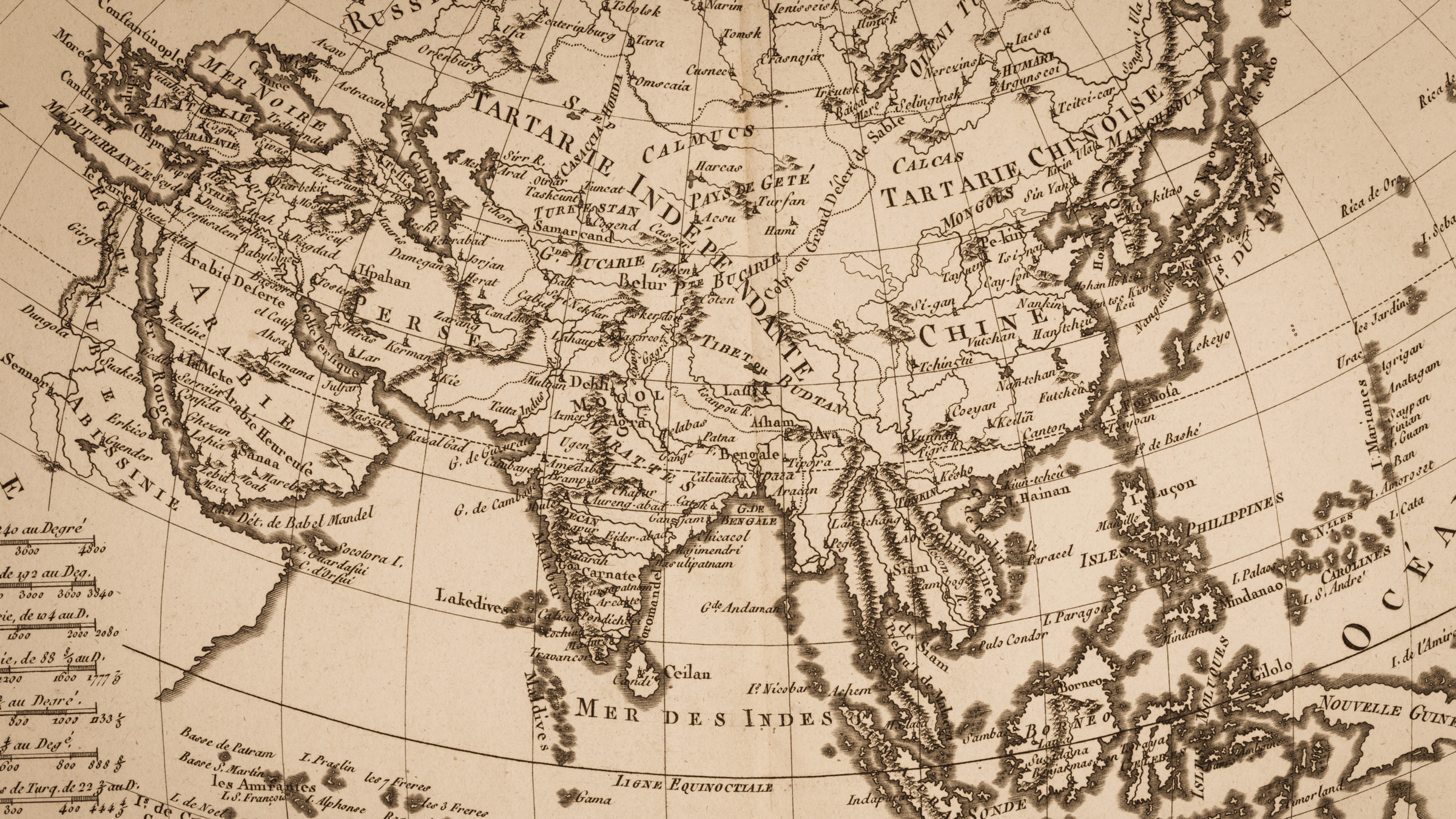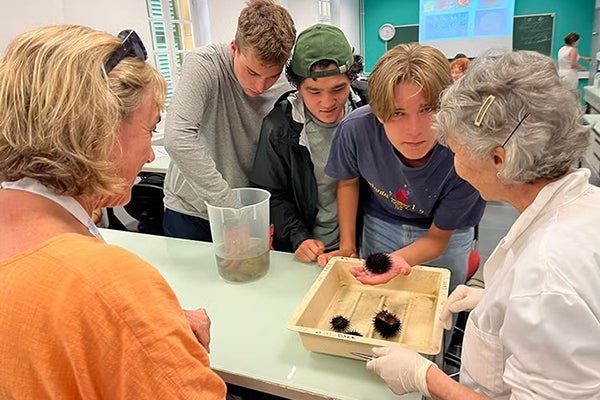Study Challenges Popular Concept of Spread of Cultural Innovations
Researchers find that Eurasia’s East-West orientation likely did not aid in cultural domination.

In the Pulitzer Prize-winning book “Guns, Germs and Steel,” author Jared Diamond makes the argument that Eurasia’s unique East-West geographic orientation fueled a rapid spread of innovations between societies, leading to cultural and military domination over other regions throughout history. A team of researchers, led by Carlos A. Botero from The University of Texas at Austin, and including colleagues from the Max Planck Institute in Germany, Washington University in St. Louis and the University of Auckland in New Zealand have found that while environmental barriers have influenced cultural spread throughout history, they do not consistently favor Eurasia.
At the heart of Diamond’s axis of orientation hypothesis is the idea that similar climates and environments found along latitudes in Eurasia could have facilitated the rapid spread of animal domestication, agricultural techniques, writing systems and military technology, putting it on a faster development track than other continents, such as Africa and the Americas, which feature a North-South geographic orientation. The axis of orientation hypothesis was met with both abundant enthusiasm and harsh criticism after its publication in 1997, but quantitative tests of this important claim have been scarce.
In a study published earlier this year in the journal Evolutionary Human Sciences, an interdisciplinary team of ecologists and cultural evolutionists leveraged a comprehensive dataset on global differences in culture, languages and ecology to test Diamond’s hypothesis.
The team quantified the potential for environmental parameters associated with latitude to influence the ease of transmission for 54 traits covering diverse aspects of cultural and social life (subsistence, housing ecology, property rules, marriage and kinship, community organization, politics, labor and rituals). In line with Diamond’s thinking, the team found that environmental factors and topographic and travel costs hinder the spread of a wide array of cultural traits, including some that directly relate to social development, such as dominant mode of subsistence, domestic animal type and political complexity traits. However, their findings showed that — contrary to Diamond’s expectations — Eurasia is about as ecologically heterogeneous as other regions of our world.
“We do not claim, by any means, to have a definitive answer on whether the wheels of history turned at different speeds in different parts of the world,” said Botero, a UT associate professor of integrative biology. “What we aim instead is to provide a new perspective based on quantitative data and thorough analyses, and a blueprint on how the tools and data we already have can be leveraged to test compelling ideas that have strongly shaped the public’s understanding of our own past.”
The team computed environmental barriers to cultural transmission out of 16 key areas where agriculture originated in the world. They found that the magnitude of environmental barriers can vary substantially within the same continent.
“The study's first author, Angela Chira, from the Max Planck Institute for Evolutionary Anthropology, explained, "Our first challenge was to translate what Diamond envisioned into numbers. We used least-cost path algorithms to find the paths that minimized differences in temperature and aridity regimes between societies. The length and cost of these paths give us the magnitude of ecological barriers to cultural transmission between two societies, precisely as Diamond envisioned them".
As Diamond intuited, geographic mechanisms were significant in some areas, but the continent’s dominant axis did not uniformly dictate the potential for cultural spread. Environmental heterogeneity along Eurasia’s major corridors of cultural transmission was not significantly lower than observed in other continents.
“Our findings point out that geography, like genetics and ecology, matters, but it is not destiny,” said Russell Gray of the Max Planck Institute for Evolutionary Anthropology.
The research was funded by the Max Planck Society for the Advancement of Science.
This story is adapted from a summary by the Max Planck Institute’s Sandra Jacob.



